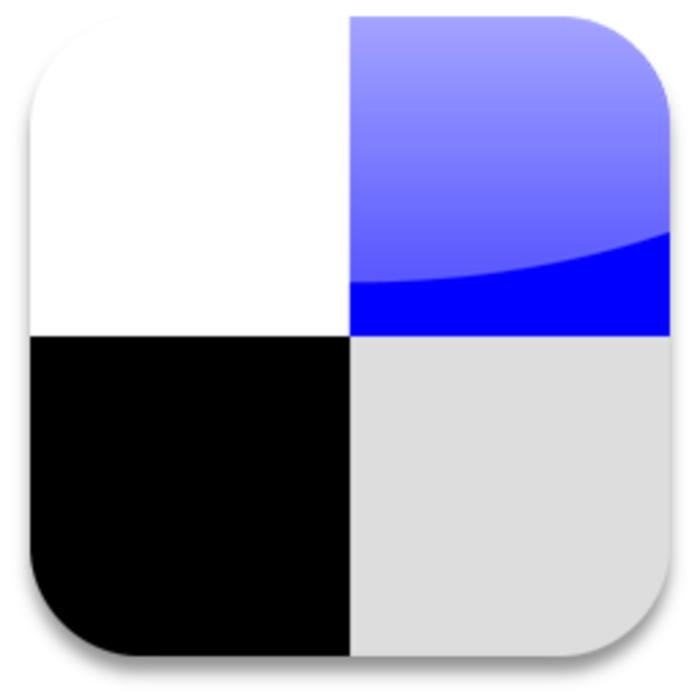


By definition, the discovery phase will be a bit chaotic - hopefully in a good, clash-of-ideas kind of way. That means you are never going to boil discovery down to one tool. And, of course, not everyone has the energy or desire to maintain a newsreader in the first place. Sometimes you run into one-off pieces or reports, or a social share you can't subscribe to. As religious as I am about my Newsblur newsreader, I can't make all of my content discoveries there. That content net spans all of our interests. That's why the first phase of content curation is the most unwieldy: that's the "discovery" phase, where we are casting a wide content net. Getting a handle on the messiness of content discovery For example I am a Boston sports fan, but there's a limit to the time I want to spend consuming that content and let's face it, no one in my enterprise network wants to know what I think of the Celtics' decision to trade down in the NBA draft.
We can maintain more than one interest. Often the best work comes from connecting the dots between different fields. We need them to be broad enough to prod our thinking and make sure we don't fall into an insular filter bubble. There's another challenge to our curation systems: In my turbo-boost piece, I wrote about how curation ties into content creation and "deep work" research, so I won't dwell on that here. We should really start upstream and ask: what are my greatest areas of interest? Where can I make the biggest contribution? What community or topic area should I become a contributor in?Ĭuration works best when it reinforces relationships and deepens expertise. Those are good questions, but not where we should start. Can we use tools that are compatible with that of our employers, or at least that we have permission to use on corporate devices?. How do we protect ourselves from the downside of tools that may change or disappear?. How can we minimize the amount of tools we use?. As we design our curation system, considerations like these come to mind: The "systematic" part is there for a reason - if we just compulsively retweet/share things we like, that's not curation. The systematic process of sharing content from our expertise with our online networks. I'll show you a few.Ĭuration can work well for brands, but it really starts with individuals. I've also seen more brand examples of content curation - some of which I like, some of which irritate me. Since my last piece on turbo-boosting content curation, I've fielded plenty of questions on my curation workflow.






 0 kommentar(er)
0 kommentar(er)
